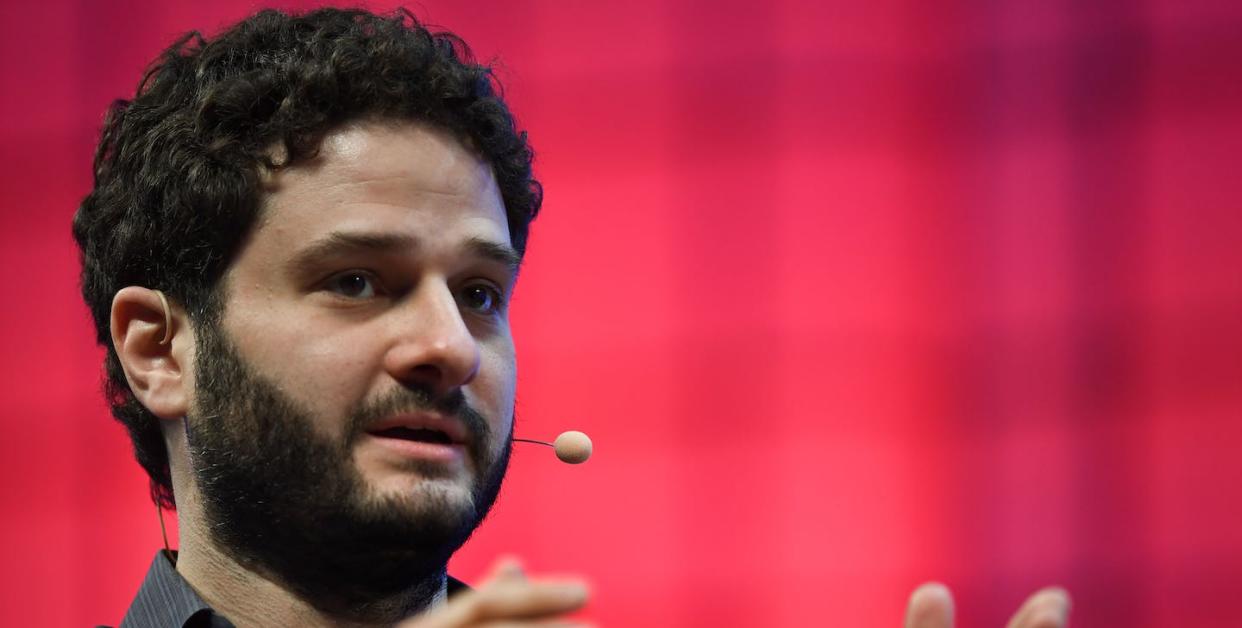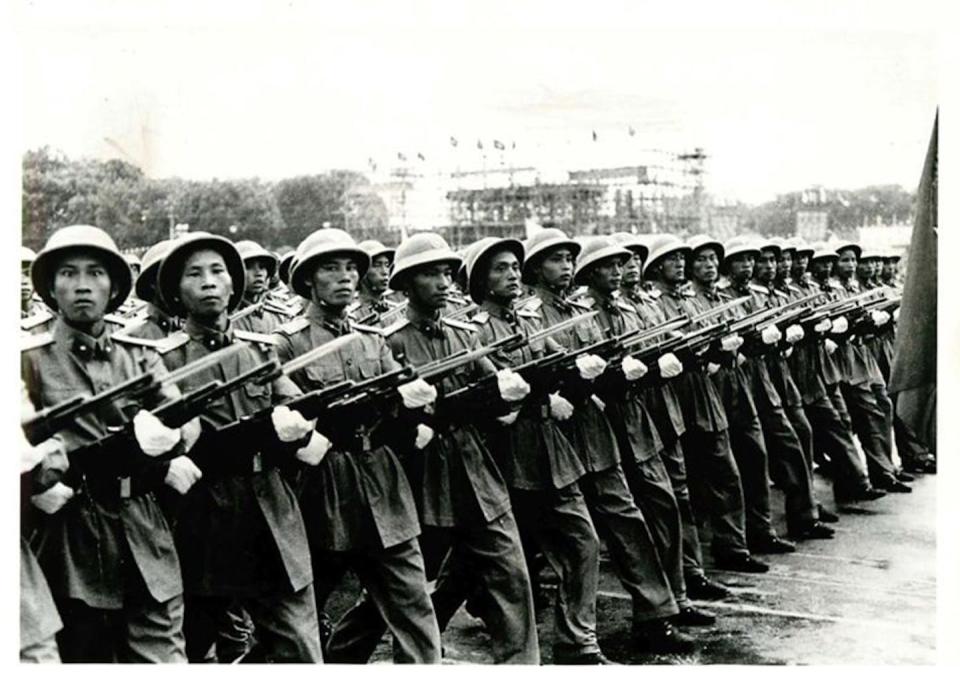What's effective altruism? A philosopher explains

Effective altruism is an intellectual and charitable movement that aspires to find the best ways to help others. People dedicated to it rely on evidence and rational arguments to identify what they can do to make the most progress toward solving the world’s most pressing problems, such as reducing malnutrition and malaria while increasing access to health care.
A group of intellectuals, including the Oxford University philosophers William MacAskill and Toby Ord, coined the term in 2011. The movement was inspired in part by the philosopher Peter Singer, who has argued for an obligation to help those in extreme poverty since the 1970s.
Numerous effective altruist nonprofits have sprung up over the past 12 years. They research and implement ways to help others that they think will make a big difference, such as by providing people in low-income countries with malaria-fighting bed nets, safe water dispensers and low-cost cataract surgeries to restore eyesight.
Why effective altruism matters
Effective altruism has gained traction and mobilized tens of billions of dollars, in part because of its popularity among some extremely wealthy donors.
Perhaps the most affluent proponent is Dustin Moskovitz, who co-founded Facebook and the Asana digital work management platform. Moskovitz makes charitable giving decisions with his wife, Cari Tuna.
Before the collapse of the FTX cryptocurrency exchange that former billionaire Sam Bankman-Fried founded, he reportedly committed more than US0 million to charities that are popular with effective altruists.
Elon Musk hasn’t been clear about his charitable giving preferences since he started to pour billions of dollars into his own foundation. But he has praised MacAskill’s most recent book, “What We Owe the Future,” sparking conjecture about the Twitter, Tesla and SpaceX CEO’s possible support for these giving practices.
The effective altruism movement also includes many donors without billions to give away.
Regardless of their wealth, all donors with this mindset can dedicate their own money or time to support their favorite causes.
One way they can try to do both at once is through what effective altruists call “earning to give”; they make as much money as they can and then donate most of it to charities they believe will do the most good per dollar spent.
Some effective altruist groups embrace a secular version of the religious tradition called tithing – and give 10% of their income to high-impact charities.
Others may devote their time to these causes by personally working, volunteering or advocating for organizations they believe will do a great deal of good.
Near and far
Effective altruists need to reach their own conclusions about a question they all must grapple with: Which causes do the most good?
When deciding whether to focus on an issue, they first consider three other questions. First, how big is the problem? Second, how much funding is currently devoted to addressing it? Third, are there any known solutions or systems that can or do make a difference?
Effective altruists also tend to land in two different camps.
“Neartermists” focus on problems facing the people and animals who are alive today. These effective altruists typically see problems related to extreme poverty as among the most significant issues that can be solved.
They are likely to support charities that have shown they can take just and protect a child from malaria,
At the height of the Cultural Revolution, Project 523 – a covert operation launched by the Chinese government and headed by a young Chinese medical researcher by the name of Tu Youyou – discovered what has been the most powerful and effective antimalarial drug therapy to date.
Known in Chinese as qinghaosu and derived from the sweet wormwood (Artemisia annua L.), artemisinin was only one of several hundred substances Tu and her team of researchers culled from Chinese drugs and folk remedies and systematically tested in their search for a treatment to chloroquine-resistant malaria.
How Tu and her team discovered artemisinin tells us much about the continual Chinese effort to negotiate between traditional/modern and indigenous/foreign.
Indeed, contrary to popular assumptions that Maoist China was summarily against science and scientists, the Communist party-state needed the scientific elite for certain political and practical purposes.
Medicine, particularly when it also involved foreign relations, was one such area. In this case, it was the war in Vietnam and the scourge of malaria that led to the organization of Project 523.

A request from Vietnam and a military answer
As fighting escalated between American and Vietnamese forces throughout the 1960s, malaria became the number one affliction compromising Vietnamese soldier health. The increasing number of chloroquine-resistant malaria cases in the civilian population further heightened North Vietnamese concern.
In 1964, the North Vietnamese government approached Chinese leader Mao Tse Tung and asked for Chinese assistance in combating malaria. Mao responded, “Solving your problem is the same as solving our own.”
From the beginning, Project 523, which was classified as a top-secret state mission, was under the direction of military authorities. Although civilian agencies were invited to collaborate in May 1967, military supervision highlighted the urgent nature of the research and protected it from adverse political winds.
The original three-year plan produced by the People’s Liberation Army Research Institute aimed to
integrate far and near, integrate Chinese and Western medicines, take Chinese drugs as its priority, emphasize innovation, unify plans, divide labor to work together.
The medical mission
Project 523 had three goals: the identification of new drug treatments for fighting chloroquine-resistant malaria, the development of long-term preventative measures against chloroquine-resistant malaria, and the development of mosquito repellents.
To achieve these ends, research on Chinese drugs and acupuncture was integral.
The decision to investigate Chinese drugs was not without precedent. Back in 1926, Chen Kehui and Carl Schmidt of the Peking Union Medical College published their original paper on ephedrine, derived from Chinese herb mahuang. It ignited a research fire in which more than 500 scientific papers on ephedrine (for relief for asthma) appeared around the world by 1929.
In the 1940s, state interest in the Chinese drug changshan and its antimalarial properties led to the establishment of a state-funded research institute and experimental farm in Sichuan province.
Project 523’s embrace of Chinese materia medica – the traditional body of knowledge about substances’ healing properties – is a more recent example of the efforts to “scientize” Chinese medicine through selective appropriation and detailed investigation.
Biomedical interest in Chinese drugs was not in itself new. But the institutional climate within which Project 523 investigators worked was different from earlier antimalarial research efforts. The Vietnam War had exacerbated an epidemiological crisis to which Maoist China responded with nationalist fervor by turning to its institutions of traditional Chinese medicine.
In the 1960s, such institutions were a mixing ground of specialists, many of whom possessed more than a passing familiarity with Chinese medicine and biomedicine. This ensured that qinghao research proceeded within a climate in which scientists, “who themselves had learnt the ways of appreciating traditional knowledge, worked side by side with historians of traditional medicine, who had textual learning.”
Tu Youyou’s story
Tu Youyou’s research fits within this Maoist story of medical systematization and standardization.
Born in 1930, she was a medical student during the 1950s, when state efforts to make Chinese medicine scientific through the research and expertise of biomedical researchers were especially acute. She rose to the head of a malaria research group at the Beijing Academy of Traditional Chinese Medicine in 1969.
The group was composed of phytochemical researchers who studied the chemical compounds that occur naturally in plants and pharmacological researchers who focused on the science of drugs. They began with a list of over 2,000 Chinese herbal preparations, of which 640 preparations were found to have possible antimalarial activities. They worked steadily and obtained more than 380 extracts from some 200 Chinese herbs, which they then evaluated against a mouse model of malaria.
Of the 380+ extracts they had obtained, a qinghao (Artemisia annua L.) extract appeared promising, but inconsistently so. Faced with varying results, Tu and her team returned to the existing materia medica literature and reexamined each instance in which qinghao appeared in a traditional recipe.
Tu was drawn to one particular reference made by Ge Hong 葛洪 (284-363) in his fourth-century BC text, Emergency Prescriptions One Keeps Up One’s Sleeve. Ge Hong instructed:
take a bunch of qing hao and two sheng [2 x 0.2 liter] of water for soaking it, wring it out to obtain the juice, and ingest it in its entirety.
In what can be characterized as her eureka moment, Tu had the idea that “the heating involved in the conventional extraction step we had used might have destroyed the active components, and that extraction at a lower temperature might be necessary to preserve antimalarial activity.” Her hunch proved correct; once they switched to a lower-temperature procedure, Tu and her team obtained much better and more consistent antimalarial activity with qinghao. By 1971, they had obtained a nontoxic and neutral extract that was called qinghaosu or artemisinin. It was 100% effective against malarial parasites in animal models.
Tu’s research has drawn accolades from the international scientific community, while also igniting a debate in the Chinese language media about the celebration of individual inventors over collective group efforts.
This too, perhaps, may be part of the legacy of Maoist mass science, which demanded research that served practical needs and engaged the masses. Scientific achievement, while important, was not the be-all, end-all of scientific work. During the Cultural Revolution, it mattered that science proceed along revolutionary lines. It mattered that scientific advances resulted from collective endeavor and drew from popular sources. Does it still?
This article is republished from The Conversation, a nonprofit news site dedicated to sharing ideas from academic experts. The Conversation has a variety of fascinating free newsletters.
Read more:
Nobel prize for malaria drug is crucial to control Africa’s epidemic
Is the 2015 Nobel Prize a turning point for traditional Chinese medicine?
Parasite resistance imperils our last effective malaria drug
Jia-Chen Fu does not work for, consult, own shares in or receive funding from any company or organization that would benefit from this article, and has disclosed no relevant affiliations beyond their academic appointment.


